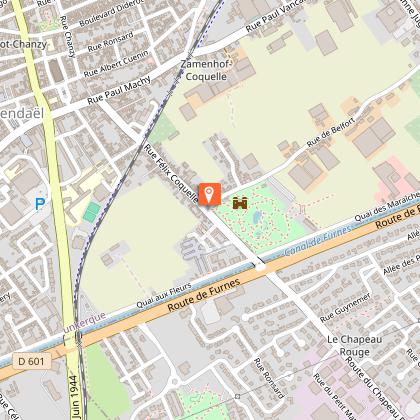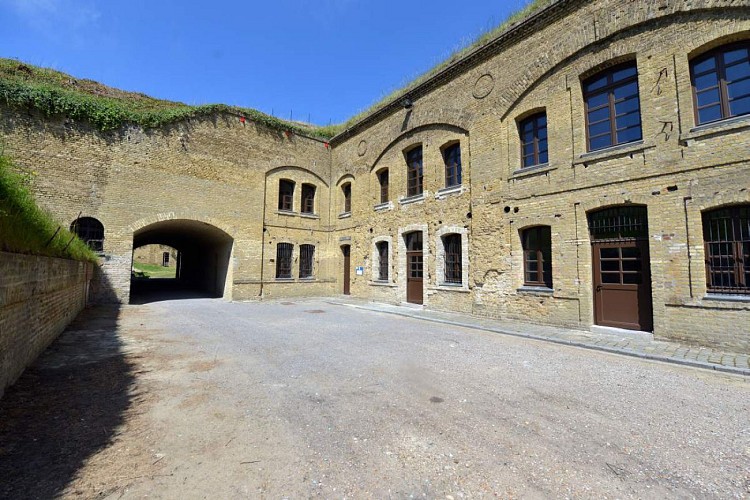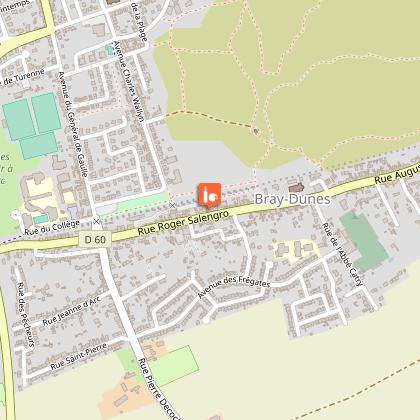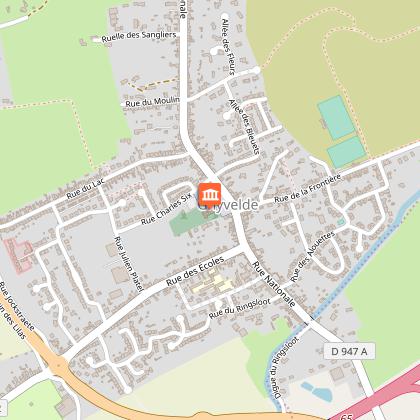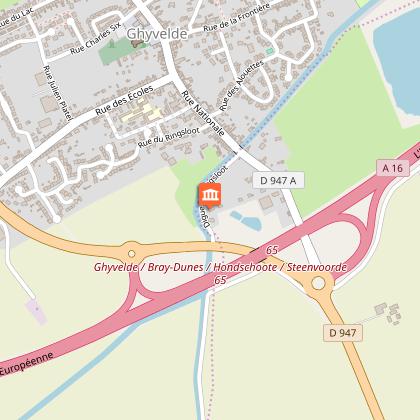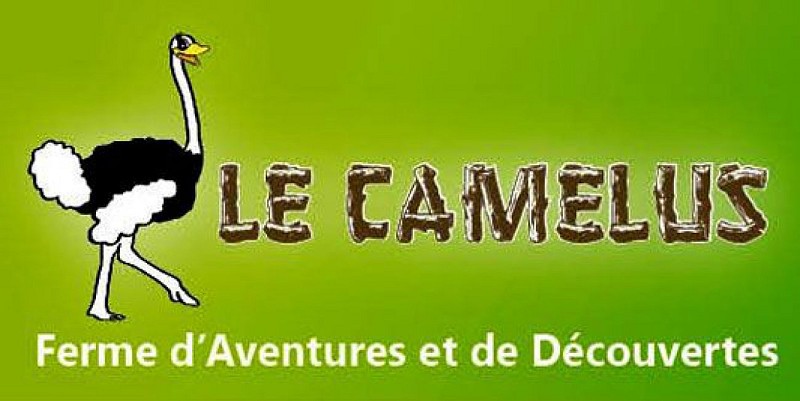Warnung
Warnungen
Fahrradroute durch die Dünen von Flandern
Die Cirkwi Kurzbeschreibung
Stellen Sie sich vor, Sie radeln durch die malerischen Dünen von Flandern und entdecken die idyllischen Gemeinden Leffrincoucke, Zuydcoote und Bray Dunes. Diese Fahrt ist nicht nur eine einfache Tour, sondern eine Reise durch malerische Landschaften, die die Grandeur des Fort des Dunes und die unberührte Schönheit der Dünen Marchand, Dewulf und Perroquet enthüllen. Diese Strecke wurde von Xavier Lesaege entworfen und bietet mehr als nur einen Fahrradweg; sie bietet eine Erzählung von natürlicher Pracht und Ruhe. Bereiten Sie sich darauf vor, von der beruhigenden Brise und dem rustikalen Charme dieser historischen Dünen umhüllt zu werden.
Kurzer technischer Überblick
Diese Fahrradroute erstreckt sich über eine Strecke von etwa 25,23 km mit minimalem Höhenunterschied und reicht von Meereshöhe bis zu einer moderaten Höhe von 10 Metern an ihrem höchsten Punkt. Die positive Höhendifferenz beträgt insgesamt etwa 14-15 Meter, was auf eine relativ flache Strecke hinweist, die für Radfahrer aller Schwierigkeitsgrade geeignet ist. Es handelt sich um eine durchdachte Strecke von Xavier Lesaege, die eine ausgewogene Mischung aus leichtem Radfahren und beeindruckenden Landschaften bietet und so ein angenehmes Erlebnis ohne Anstrengung steiler Anstiege gewährleistet.
Tipps zur Saison und Sicherheit
Beim Start dieser malerischen Route ist es wichtig, die saisonalen Variationen in der Region Flandern zu beachten. Frühling und Herbst bieten milde Temperaturen und weniger überfüllte Wege, ideal für gemütliche Radtouren. Für wärmere Fahrten im Juli und August sollten Sie jedoch Sommerkleidung tragen und bei den windigen Jahreszeiten Herbst und Frühling mit winddichter Kleidung vorbereitet sein. Sicherheitsbewusst sollten Sie immer Wasser dabei haben, besonders im Sommer, und stellen Sie sicher, dass Ihr Fahrrad mit Lichtern ausgestattet ist, wenn Sie in der Dämmerung oder am frühen Morgen unterwegs sind, da einige Dünengebiete abgelegen sein können.
Einblick in Dunkerque und Flandern
Dunkerque und seine umgebende Region Flandern bieten ein reiches Geflecht aus Geschichte und Kultur. Von ihrer strategischen Bedeutung im maritimen Handel bis hin zu ihrer Rolle in verschiedenen historischen Konflikten umspannt dieses Gebiet Jahrhunderte von bedeutenden Ereignissen. Wenn man durch dieses Gebiet radelt, erlebt man nicht nur die geografische Schönheit, sondern auch das Durchqueren von Landstrichen, die von Widerstandsfähigkeit und Triumph erzählen. Die Dünen selbst, natürliche Befestigungen gegen das Meer, erzählen Geschichten ökologischer Kämpfe und Siege, so dass jeder Tritt in die Pedale zu einer Reise durch die Zeit wird.
Wetterbedingungen und beste Besuchszeiten
Die Region Flandern zeichnet sich durch ein gemäßigtes Seeklima aus, gekennzeichnet von milden Temperaturen und mäßigem Niederschlag das ganze Jahr über. Die beste Zeit, um die Dünen mit dem Fahrrad zu erkunden, ist wohl der späte Frühling bis zum frühen Herbst, von Mai bis September, wenn das Wetter größtenteils angenehm ist und die natürliche Landschaft in ihrer ganzen Pracht erstrahlt. Während dieser Zeit können Besucher von längeren Tageslichtstunden profitieren und somit ideale Bedingungen für längere Radtouren entlang der wunderschönen Dünenlandschaft genießen.
IGN Karten







Technische Informationen
Höhenprofil
Ausgangspunkt
Sehenswürdigkeiten
Datenautor

